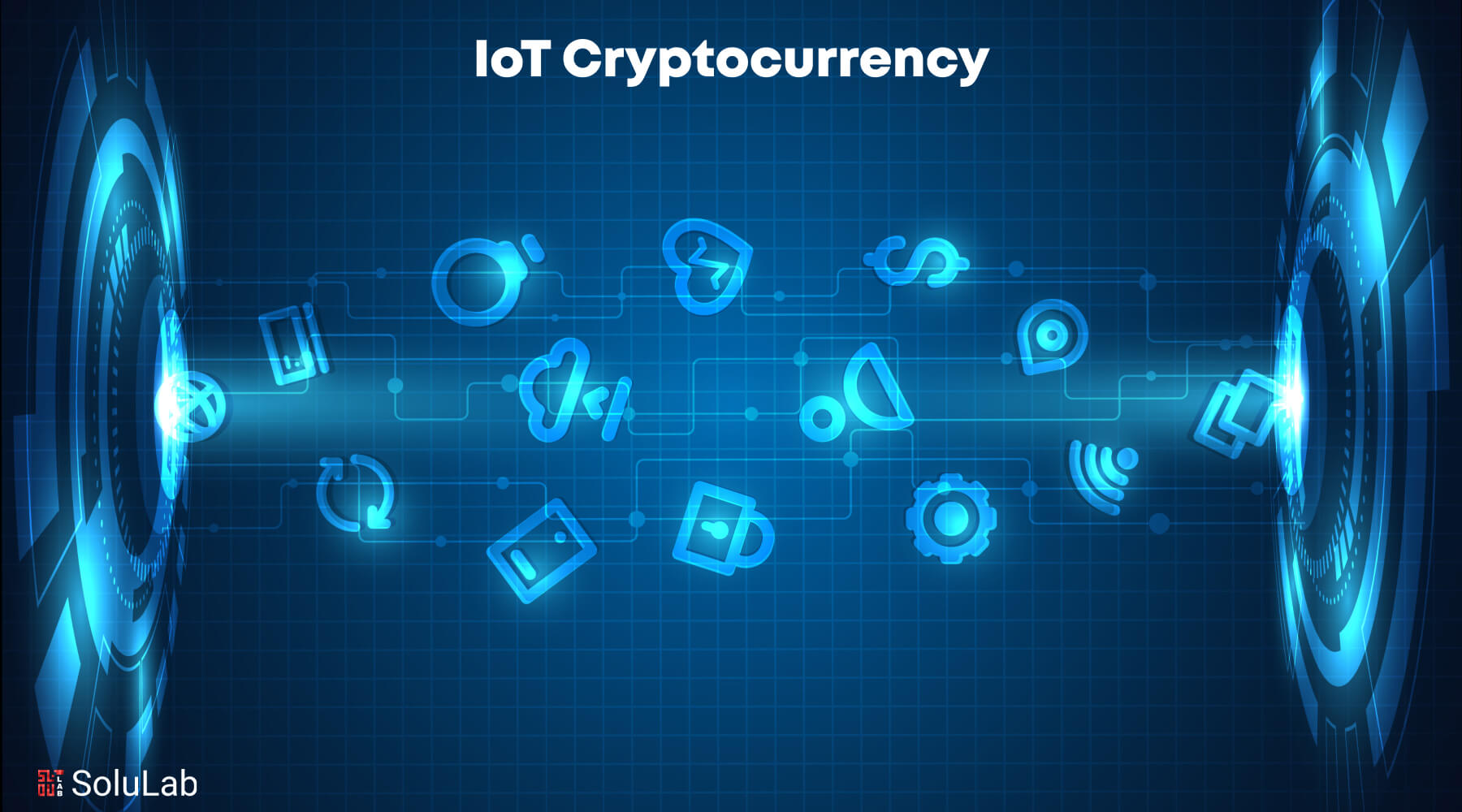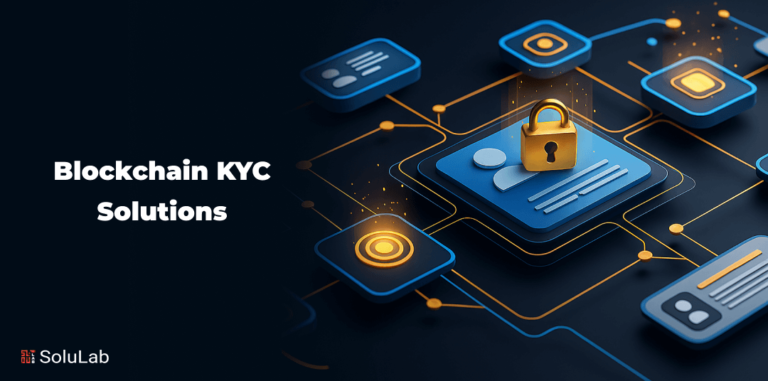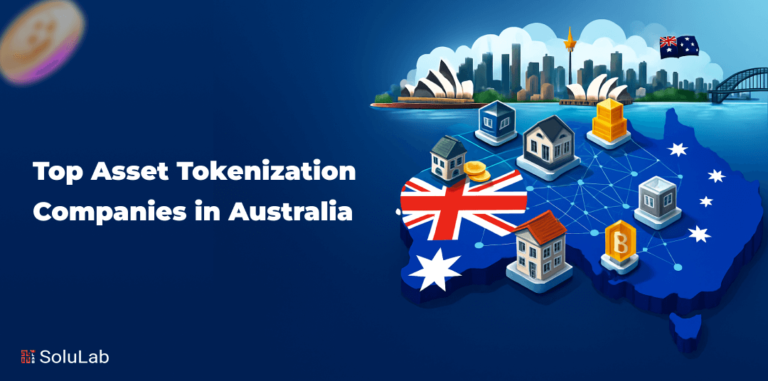
Decentralized and embedded systems are rapidly taking over the planet. Both blockchain and IoT can be translated, as one of the best solutions available for changing many traditional views on technology is blockchain development services. With the technological improvements, traditional gadgets are acting even more autonomously and smarter through the Internet of Things (IoT). As time goes by, almost every company will adopt this kind of technology to improve their financial processes. The worldwide network of tangible assets is an excellent approach to describe the Internet of Things.
Your houses become smarter thanks to IoT, which contributes many gadgets into integrated systems that provide an exceptional user experience. IoT and AI will work together to improve home appliance performance and make wearables. Due to these expanding applications of modern technologies, the blockchain IoT market is anticipated to expand from $258 million in 2020 and reach $2.4 billion by 2026.
What is IoT?
The Internet of Things (IoT) is a global network of linked, uniquely addressable things. Though it is based on conventional communication protocols, we utilize it in a variety of situations. It has developed into a catch-all term for a variety of technologies.
The Internet of Things connects the digital and physical worlds. One can achieve this by giving web services access to physical resources. Sensors are the Internet’s eyes and ears, while actuators are its hands. The Internet of Things casts a digital shadow on real things. It broadens their local skills while also providing global capacity.
What is IoT in Cryptocurrency?
The Internet of Things (IoT) enables devices throughout the Internet to transfer data to private blockchain networks to generate resistance to tamp records of shared transactions. With blockchain, your business can access and exchange IoT data without requiring central management and control. Every transaction is applicable for validation to avoid disagreements and foster confidence among all participants of the permissioned network.
How Blockchain And IoT Can Work Together?
1. Security: The key point to consider here is the additional security that the blockchain may offer. One cannot manipulate or tamper with the ledger. It’s because it prevents anyone’s line of communication from being intercepted. By offering direct payment services, the blockchain has shown its value to the globe. Furthermore, there is no need for a third-party manager for financial services provided by cryptocurrencies such as Bitcoin. Thus, its self-sufficient security solution makes it an ideal component for IoT systems.
2. Encrypting data: The usage of blockchain encryption and distributed storage would be very beneficial. It would enable safe data recording on IoT devices. All transaction details may be completed without the need for human intervention. This would maintain the data’s integrity and all parties engaged in the supply chain can trust it.
3. Communication: Blockchain networks, such as Ethereum, use “smart contracts,”. They enable IoT devices to securely interact and transact with one another. Furthermore, a high level of assurance is provided. The transaction is handled following the established rules of engagement. The conditions of engagement would be specified in smart contracts.
4. Cost reduction: A Blockchain enables the pooling and sharing of trustworthy data directly among different parties. Because there is no need for a middleman, the cost of the intermediary or intermediates in the transaction value chain is reduced. The Blockchain, via smart contracts, may enable IoT devices to automate transactions and payments across many devices.
5. Tracking: The Blockchain may maintain permanent or unchangeable records of an IoT device’s history. This feature would allow smart devices to operate autonomously on an IoT network. As a result, it eliminates the need for centralized authority. As a result, the blockchain will provide a plethora of options for developing an IoT system.
How Cryptocurrency and IoT Make Payments Possible
Automation, safety, and efficacy of digital transactions are some of the features that make it very viable for the use of cryptocurrencies and IoT for micropayments to change how societies enduringly comprehend this fragmentary kind of transaction. Micro, prompt payments are possible with the help of the IoT structure that implies numerous connected devices and blockchain, on which many cryptocurrencies are built.
1. Decentralized Payment Systems
The Internet of Things generates massive amounts of data and many of them are best served with seamless payment and communication capabilities. Micropayments are safe and automated since blockchain technology obviates traditional sorts of financial intermediaries.
2. Cost-effectiveness and Scalability
Micropayments are not realistic because the cost of making a transaction with conventional payment platforms is too high. Some of these costs are eradicated by cryptocurrency due to the decentralized nature of the transactional systems. In IoT-demanding points where millions of transactions happen frequently where each point is low value, for example, smart grid or pay-per-use model this could be very useful.
3. Data Security and Integrity
Blockchain can be an ideal ally for the IoT because of data ownership or the distributed ledger which offers great protection for pieces of information. It offers strong security, tackling one of the main issues facing IoT: ensuring that devices can be able to connect with other devices securely. Trust in micropayment-based systems is enhanced by blockchain’s capability of following and authenticating every transaction.
How Do IoT Botnets Aid in IoT Cryptocurrency Mining?
In the field of cybersecurity, IoT botnets have grown in importance, particularly as they are being used more and more as weapons for Bitcoin mining. A botnet is a collection of compromised devices that are controlled remotely by hackers, these devices frequently include Internet of Things devices like routers, thermostats, and smart cameras.
Computation power is employed in cryptocurrency mining to resolve challenging algorithmic issues that verify blockchain transactions. Even though IoT devices are not built for high-performance computing, their sheer volume and lax security make them appealing targets. Attackers create a massive, decentralized mining network by distributing mining jobs among millions of hijacked IoT devices.
How the IoT is Impacting Cryptocurrency?
So, how does the Internet of Things affect cryptocurrencies? What does the future look like for the two technologies that are growing closer together each day? Well, there is one thing that you need to remember here. Like all financial transactions, you need to keep the process secure.
-
Maintaining Point of Sales
The process for purchasing and trading, mostly with vendors, needs to be optimized to be as fluid and as innovative as possible. The more people who can use these services, the more sustainably the currency can grow. IoT devices can be used to make purchases, such as buying food when the fridge is empty, and you currently don’t need physical currency to make these transactions.
-
Integration Across Devices
It doesn’t take a lot to include cryptocurrencies in the available ways of making a transaction of this nature. Of course, there is one thing to consider here. Small, individual-screen devices are going to be affected by cryptocurrency integrations in many different ways compared with large-screen devices. This means cryptocurrencies can be traded and exchanged. One can do this by using mobiles and tablets on an individual basis. This will differ much from how organizations and big data companies will use these devices.
It’s uncertain how this technology will shape the future, especially since there’s a rise in AI and Machine Learning applications. But, we can be sure that big things are on the horizon in the way that cryptocurrencies will be integrated into our homes and societies as a whole.
Conclusion
Interactions with technology and data management have undergone a radical change as a result of the combination of blockchain and IoT development solutions. Blockchain supports this development by providing unmatched safety, transparency, and effectiveness in managing decentralized networks, which is in line with IoT’s ongoing efforts to make your gadgets smarter and more connected. When combined, they open the door to safe micropayments, improved data security, and efficient operations in a variety of sectors, including global supply chains and smart homes.
For companies and developers that want to embrace the payments of the future, NovaPay Nexus might be the best option. It enables you to build a unique environment for taking digital currencies by providing a privately hosted, free-of-charge, and safe cryptocurrency payment processor. It redefines the way you interact with your customers in the digital economy by offering incomparable flexibility, transparency, and control.
Contact SoluLab today and get yourself a customized solution for all your blockchain needs!




